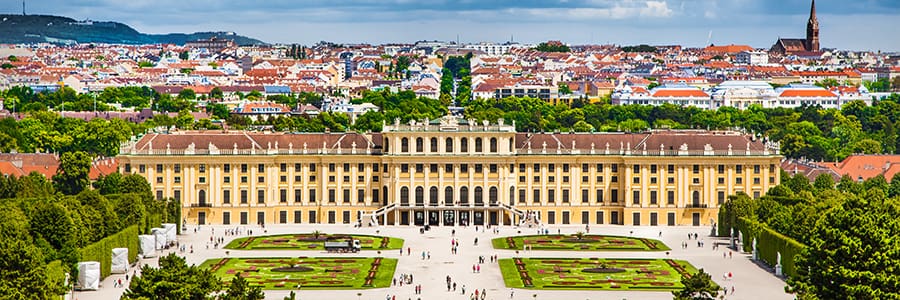The Srebarna Nature Reserve is a freshwater lake located adjacent to the Danube River. It is the home to 179 species of birds, 39 mammals, 21 reptiles and 10 fish many of which are rare or endangered. Among the most interesting bird species are the Dalmatian pelican, great egret, night heron, purple heron, glossy ibis and white spoonbill. There are several legends about the origin of the lake’s name. The first is about a khan named Srebrist, who died in the area while engaging in an unequal battle with the Pechenegs. A second legend tells about a boat full of silver (srebro in Bulgarian) along the shores of the lake. According to a third legend, which is regarded as the most plausible, the name comes from the silvery reflections on the lake’s surface during full moon.


